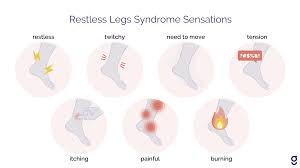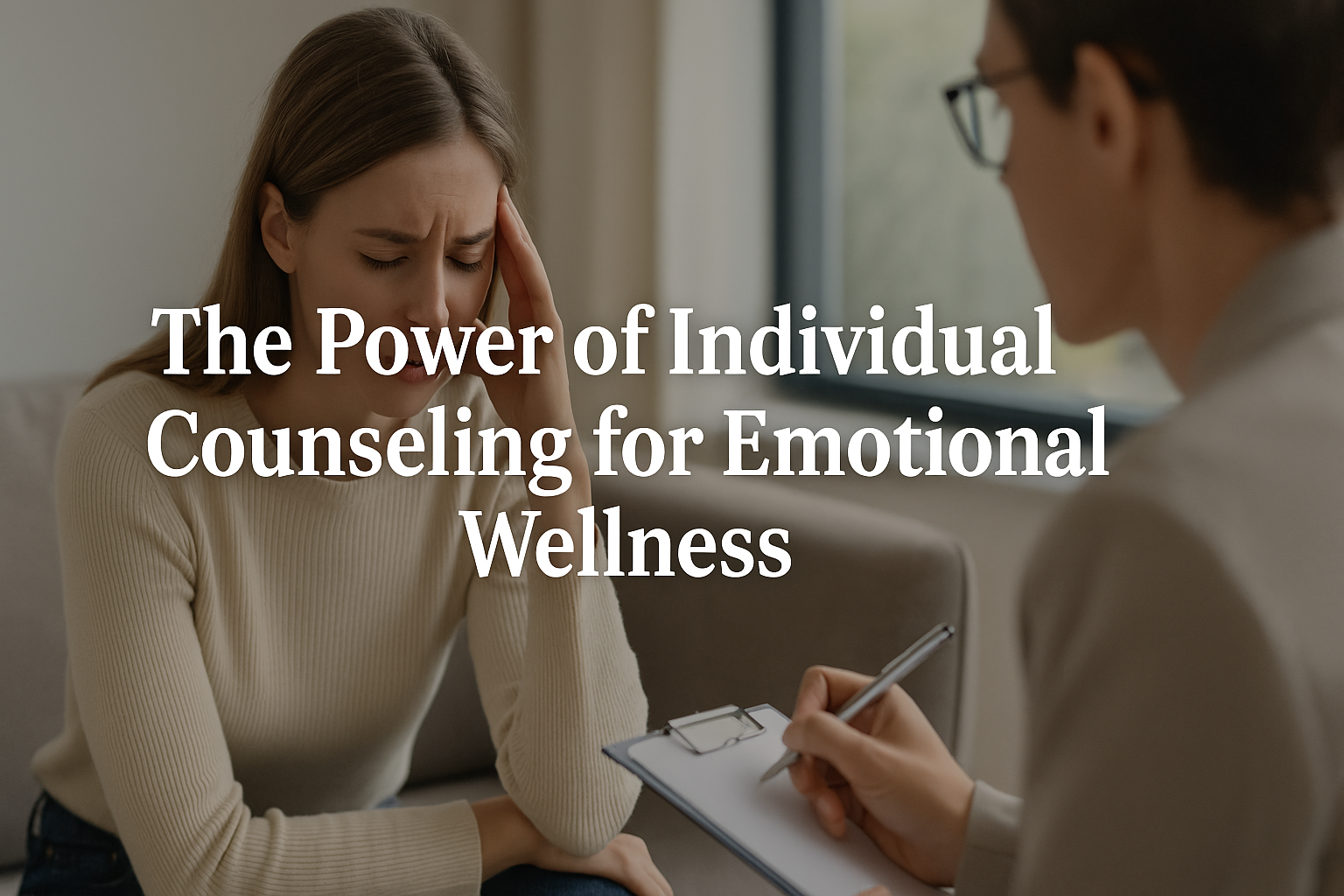Pain Management Unquestionably, pain is a component of the human experience. It can impact our everyday lives, mental health, and general well-being, ranging from minor discomfort to incapacitating misery. Relieving pain becomes the main objective, regardless of whether it results from an injury, surgery, or chronic illnesses. Thankfully, we can start to identify important signs of relief and recovery with a combination of treatments, which will help us get closer to living pain-free.
Comprehending Pain Management
Restoring function and improving quality of life are the goals of pain relief, not only getting rid of pain. Since the causes of pain vary as much as the treatments available, what works for one person might not work for another. Physical therapy, psychological techniques, over-the-counter pharmaceuticals, and occasionally prescription medications are used to control and reduce pain.
Codeine phosphate Pills is one medicine that is important for managing pain. This popular opioid is used as a cough suppressant and to alleviate mild discomfort. Codeine phosphate can provide substantial pain relief when used properly and under medical supervision, but it’s important to be aware of any possible negative effects and the possibility of reliance.
The Initial Indications of Relief
A decrease in the degree of discomfort is typically the first sign that pain treatment is working. After taking an analgesic like codeine phosphate, someone experiencing acute pain may experience a gradual improvement right away. The drug relieves pain quickly by targeting the central nervous system and blocking pain signals from reaching the brain.
Pain alleviation isn’t always immediate, though. Relief for people with chronic pain may occur gradually. These people frequently need a mix of long-term therapies, such as mental health techniques, physical therapy, or drugs like codeine phosphate. These early indicators of healing, including a minor reduction in discomfort, more movement, or better sleep, must be identified.
Important Signs of Recuperation
It might be difficult to recognize the symptoms of pain recovery, particularly when you’re going through a stressful situation. However, there are specific symptoms that can point to progress. Here are a few crucial indicators:
Pain Management
The decrease in pain is the most obvious sign of recovery. When the level of pain begins to decrease, whether from a chronic illness or following surgery, it is the first obvious indication that recovery is proceeding as planned. If codeine phosphate has been prescribed to you, you could find that the pain is easier to handle because the drug numbs the agony.
Improved Mobility:
Pain management Regaining movement is one advantage of pain alleviation. Your range of motion may be significantly restricted by pain, particularly in the muscles or joints. Your capacity to walk without a limp, extend your range of motion, or even carry out tasks you previously found difficult are indicators of recovery.
Pain Management Sleep Quality:
Weariness and a compromised immune system might result from pain that interferes with sleep. You’ll probably discover that you can fall asleep more readily and get deeper, more rejuvenating sleep when your pain subsides. Sleep quality can be a key sign that healing is starting when pain is well managed, even with drugs like codeine phosphate.
Mood and Emotional Changes:
Mental health is frequently negatively impacted by chronic pain, which can result in depressive, anxious, or frustrated sentiments. Emotional stress may begin to lessen as pain does. You might observe an improvement in your mood, a reduction in your stress levels, and an increase in your optimism toward the healing process.
Reduced Inflammation and Swelling:
Inflammation and swelling are frequent adverse effects following surgery or injury. It’s a positive indication that the body is mending when these symptoms start to go away. Additionally, painkillers like codeine phosphate can have anti-inflammatory properties that help reduce swelling and speed up healing.
Medication’s Function in Pain Reduction
Stronger prescription drugs may be required for some people whose pain cannot be adequately managed with over-the-counter medications. For moderate to severe pain management, doctors frequently give medications like codeine phosphate. By attaching itself to opioid receptors in the brain, this drug changes how the body interprets pain. Even though these drugs can be very helpful in delivering temporary relief, it’s important to utilize them carefully.
One of the reasons doctors usually give codeine phosphate for a brief amount of time is the possibility of dependency. It can greatly enhance your quality of life during the acute stages of pain if administered appropriately. It’s crucial to pay close attention to your doctor’s instructions, not take more medication than is recommended, and keep an eye out for any negative effects, such lightheadedness or stomach problems.
Complementary and Natural Pain Management
Even while drugs like codeine phosphate can be useful, they are frequently used in conjunction with complementary or natural therapies to speed up the healing process. By addressing the underlying source of the pain and encouraging the body to heal, methods like acupuncture, massage therapy, and physical therapy can improve pain alleviation. Many people discover that the best outcomes from pain management come from using a holistic approach.Both immediate-release and extended-release forms of Buy Tapentadol Online are available to treat both acute and chronic pain problems, including neuropathic pain.
Additionally, by lowering tension and soothing the nervous system, using relaxation practices like yoga, meditation, or deep breathing can help reduce pain. Eating a balanced diet full of anti-inflammatory foods can help the body’s natural healing process; therefore nutrition is also important for recovery.
Keeping Up with Pain: Avoiding Relapse
Despite the possibility of recovery, it is essential to remain vigilant to prevent the recurrence of pain. People have a propensity to resume their regular activities too soon after experiencing temporary relief, which could unintentionally result in the pain returning. This is particularly true for musculoskeletal discomfort, as relapses can be brought on by excessive use or strain.
It’s critical to pay attention to your body, raise your activity level gradually, and stick with any therapies or treatments that have been suggested. To prevent withdrawal symptoms and the body from growing acclimated to the medicine, people who have taken drugs like codeine phosphate may need to taper off the drug gradually.
In conclusion
Although pain is difficult, it may be relieved and recovered from. You can monitor your progress by being aware of the main signs of recovery, which include decreased pain, improved mobility, better sleep, and elevated mood. When used appropriately, medications such as codeine phosphate can offer vital pain relief; nevertheless, they should be a component of a holistic strategy that also includes therapy, natural remedies, and lifestyle modifications.
Pain Management Finding balance in pain management will ultimately enable your body to heal and your life to return to normal. Recognizing and applauding the minor successes along the way to recovery can offer inspiration and hope, regardless of whether you’re coping with an acute injury, post-surgical recovery, or chronic pain.















Leave a Reply